Helen Liossis – Head of Corporate Strategy and Business Planning, Sydney Water
With an aging asset base (valued at approx. $18 billion), Sydney Water is managing maintenance costs of $60 million on watermain renewals per year and the same amount on sewer corrosion. Tasked with the job of reducing these and other costs, with a budget of less than $10 million Helens’ innovation team realised that collaboration was going to be the key. “We now collaborate across 4 different groups – government, private sector, universities and the water industry, both nationally and internationally – based on shared values, challenges and a mutual understanding of the desired outcomes from that collaborative effort.” Sydney water accesses leading edge research and innovation regionally and internationally and looks at international best practice, bringing it back to Sydney for implementation. They then share that information right across the water industry.
Sydney Water and their collaborators are leveraging enabling technologies such as a CX Lab, robotics, photonic sensors and wearables to drive innovation and generate results.
Customer Experience (CX) LAB: The lab functions as a channel for capturing insights from front-line staff and turning them into improvements for customers. It’s about exploring, experimenting and introducing new ways of working within the organisation, using human centred design. “An evidence-based approach with quantitative and qualitative data enabling us to understand what the customer problem is before deciding on and implementing the solution.” The lab Rapidly develops prototypes that can be tested with customers before the organisation embarks on a full-scale design and implementation. One of the outcomes of the lab has been an online fixed charge calculator that enables metering self-service for real estate agents leading to a significant reduction in costs associated with call centre enquiries.
Robotics: With 20,000 km of pipeline that is almost 70% underground, it is a significant challenge to gain access to these assets for maintenance purposes. Once again, leveraging the benefits of collaboration, Sydney Water partnered with CSIRO and Data 61 to improve the assessment of water pipes using smart technology and robotics. Doing so allowed them to predict where the pipe failures are likely to occur and they are now working with UTS to develop 3 innovative robotic tools to help with pipe condition assessment. Sydney Water are now able to perform inspections safely using advanced robotics, significantly reducing operating costs and risk of injury.
Photonic sensors: Having established that sewer corrosion can be measured by humidity sensors, Sydney water set out to find a commercial solution. They found humidity sensors were being used to assess corrosion on railway bridges, then partnered with universities in London and Edinburgh to optimise and tailor a solution specifically for their needs.
Technology Vetting: Sydney water are approached by hundreds of start-ups and other organisations looking to pitch their products and services every year. Whilst they didn’t want to miss any opportunities, the team were already stretched and struggling to keep up with the enquiries. So, they set up ‘TAG’ a Technology Approval Group, administered in partnership with Water Services of Australia. This collaboration incorporates over 30 of Australia’s largest urban water utilities and TAG provides an excellent platform for one-stop evaluation of emerging technologies, best practice and technology trials. The TAG collaboration allows for the assessment of 200 potential technologies per year with 5 selected for pitching to its members each quarter. One outcome of this program was the effective integration of wearables for operational staff, to improve efficiency and safety in the field.
Adapt Water Tool (for Quantifying climate change): Having identified the need to quantify the potential impact of climate change on future capital investment, Sydney Water set out to create an evidence-based approach to anticipating the effects of climate change. Finding that there was a void in the technology, Sydney Water formed a conglomerate of partners to collaboratively develop a predictive tool. This instrument, called Adapt Water, is a first in Australia, and possibly the world, performing online risk and cost benefit analysis for climate related asset management.
With limited resources available to solve complex (sometimes wicked) problems, Sydney Water have turned to cross-industry collaboration as a way of harnessing greater expertise, capability sets and diversity of thought.


